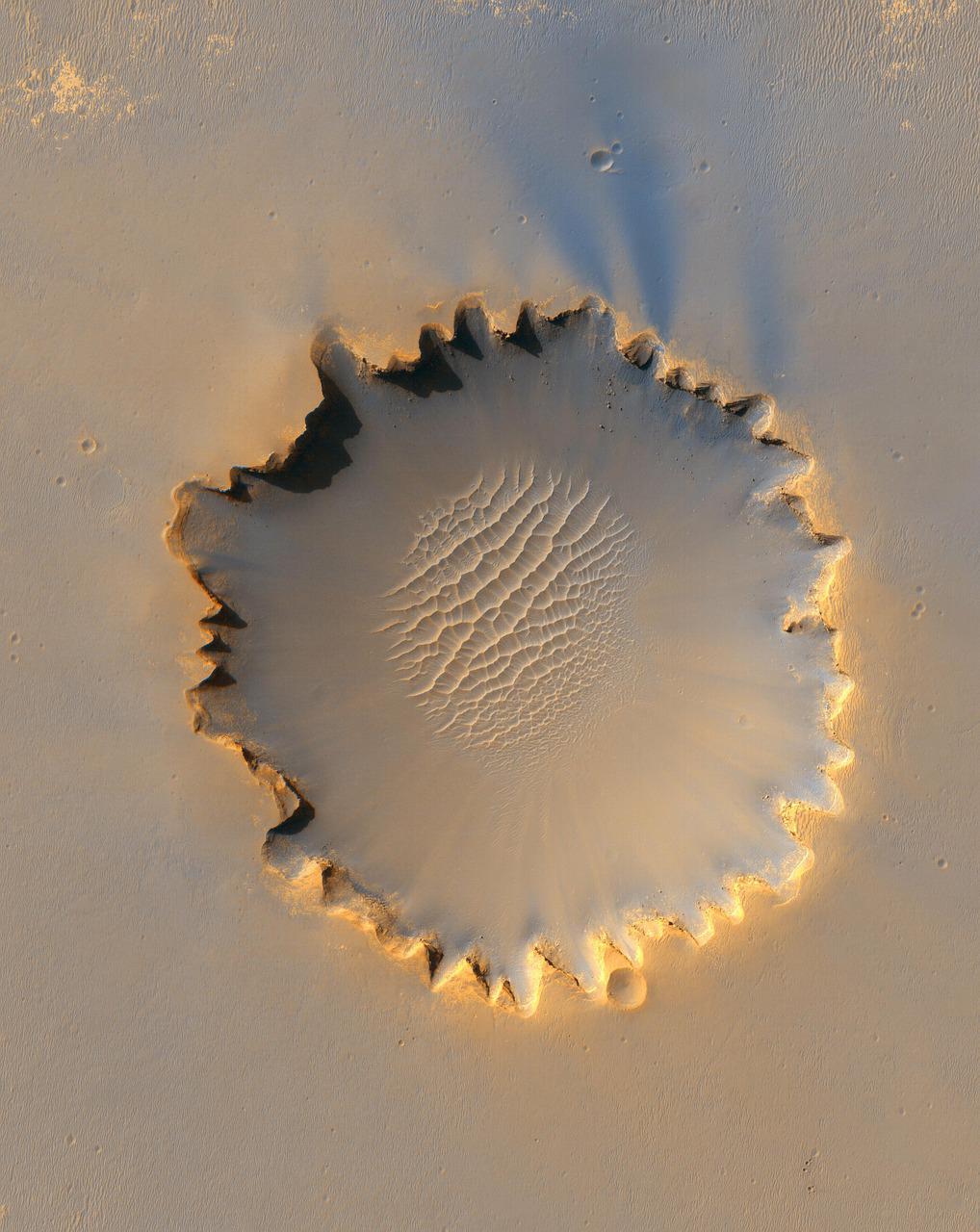The dream of living on the red planet becomes more and more real
Oxygen on Mars: 2 kilos per hour result already achieved

The mission to Mars knows no breaks and does not stop adding records and proposing goals that sooner or later are successfully achieved. In April 2021 is in fact the last sensational news of the extraction of breathable oxygen from the atmosphere of Mars by NASA, exactly five grams, but it is in 2022 that the same American aerospace research and space agency, said to be a step away from having an oxygen generator that will give a turning point to the human adventure on the red planet.
A system already in use by NASA that aims to measure the purity of oxygen on Mars already exists and is known as MOXIE or better as Mars Oxygen ISRU Experiment. But what NASA is trying to do is to maximize and improve ten times the efficiency of the system installed on the Perseverance rover, thanks to valuable contributions from other scientific institutions. The innovative system called TSSD, comes in fact thanks to the valuable intervention of Arizona State University written by Ivan Ermanoski on February 25th, and it’s based on a thermodynamic approach, aimed at energy sustainability. In fact, explains the Serbian researcher Ermanoski, that the process of extracting oxygen from the atmosphere of Mars would be 10 times more efficient than the one that involves the division of carbon dioxide.
Will it be possible to breathe on Mars?
Generating oxygen with the approach proposed by the University of Arizona should therefore be more effective than MOXIE, which currently has efficiency parameters not bad anyway. The current system that has already given a first excellent result in April 2021 extracting five grams of oxygen from the atmosphere of Mars, according to NASA estimates would be able to produce two pounds of oxygen on Mars per hour, which would mean 0.84 kg per person per day, a necessary condition for life on Mars. The MOXIE system requires 30 kW to extract oxygen, while the TSSD data in hand requires only 4 kW, over 85% less. The other great features of the TSSD compared to MOXIE are longevity, flexibility, and speed. The TSSD consists of a process that is activated in minutes, while for MOXIE we speak of hours, also the process designed by the University of Arizona is much less susceptible to carbon deposition than the system currently used by NASA.
The red planet has a timeless appeal, and it is no secret that NASA has made it a research “target” for several decades, and intervening decisively in August 2012 with the rover Curiosity dropped inside the Martian crater Gale to find out if there was water and life on Mars. The red planet is the most similar to Earth, despite colder temperatures, and a total size that is practically half of our planet, has four seasons (albeit with peculiar characteristics different from ours), has a day of just over 24 hours, and even the inclination of the axis of rotation has in common with the Earth. In short, the question that has always obsessed mankind is whether there is life on Mars, and if it is possible to breathe on Mars, but what perhaps directly interests NASA is, looking at Mars, to be able to imagine how it could become the Earth. In fact, that there has been water on Mars in the past, is almost out of the question, certain. The many grooves in the Martian surface that suggest rivers and lakes, are the subject of continuous research by the American agency. NASA is slowly providing answers to these questions and if since 1960 there have been 49 missions organized by nine different nations on the red planet, one or more reasons there will be.
If and when it will be possible to breathe on Mars NASA will soon find out, in the meantime arrive at the extraction of oxygen directly from the atmosphere of Mars and have already studied its improvement is something that makes us think that the goal is very close.
Author: Ruocco Guglielmo Maria